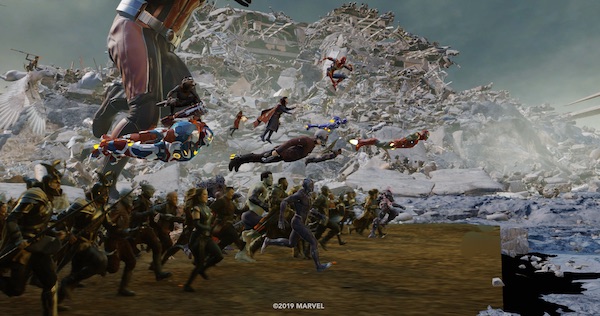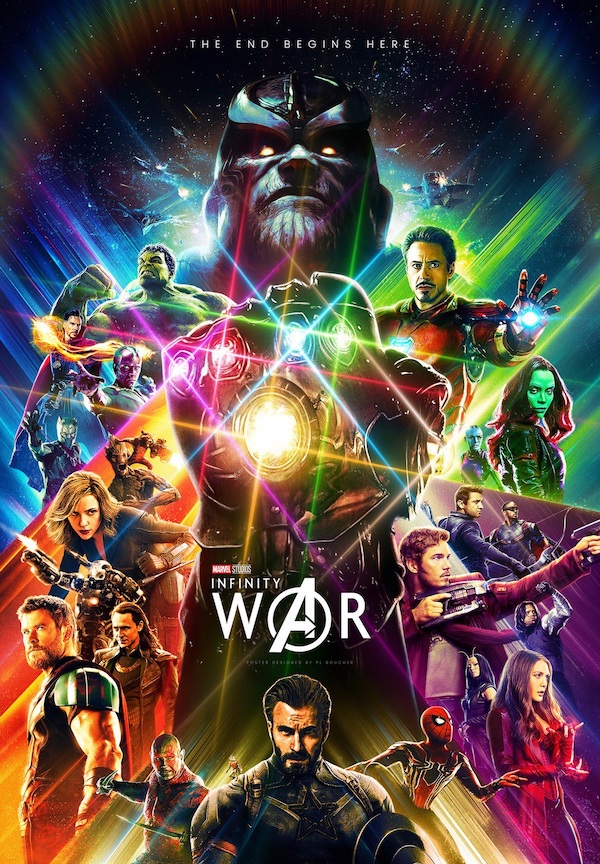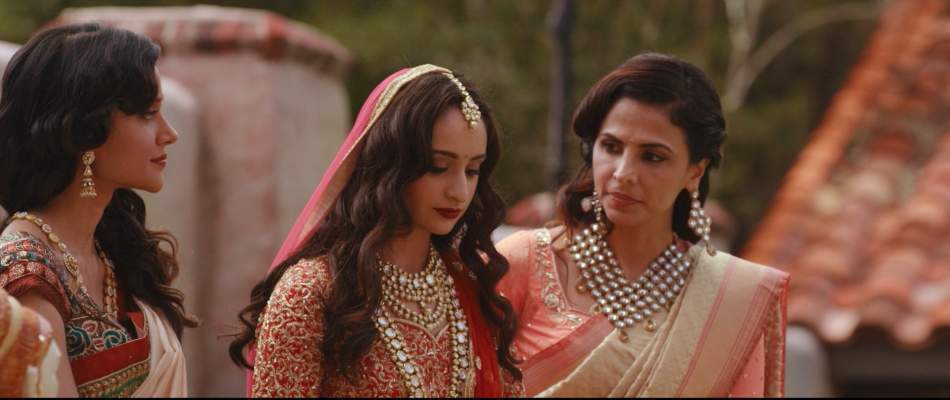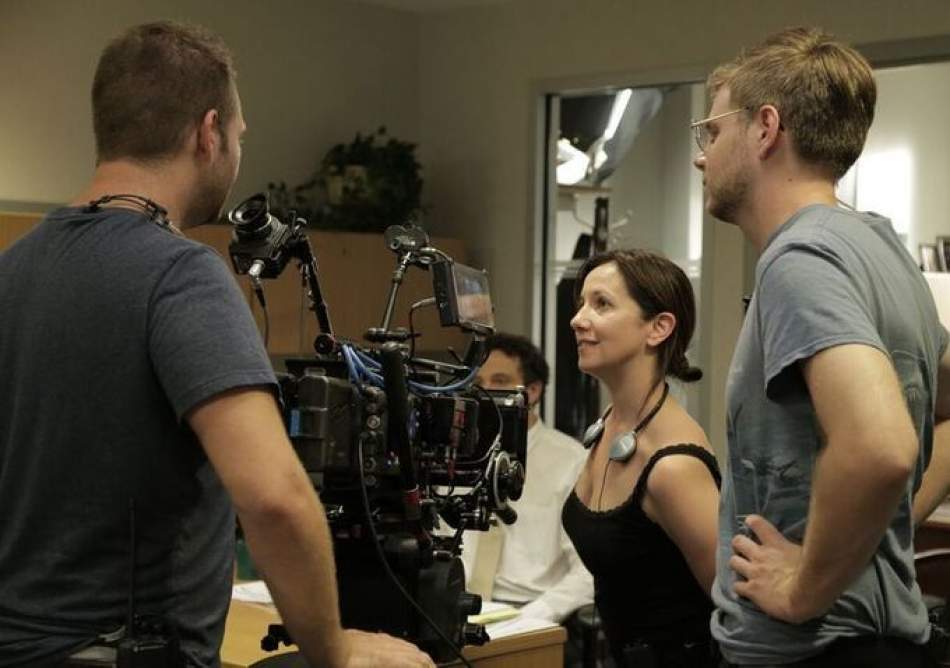Avengers: Endgame, interview with visual effects supervisor Matt Aitken
Matt Aitken also worked on the movie Avatar.
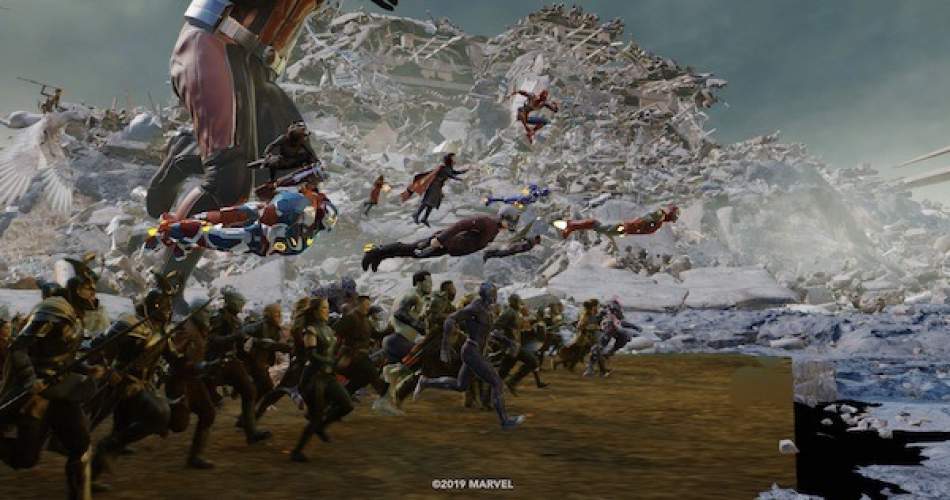
Matt Aitken is visual effects supervisor for Weta Digital, and he creates the visual effects for the film Avengers: Endgame and the franchise. He worked also for Iron Man 3 (2013), The Hobbit (2014), The Lord of the Rings (2001), Avatar (2009). For the movie District 9 (2009) he was nominated at the 82nd Academy Awards, with colleagues Robert Habros, Dan Kaufman and Peter Muyzers.
Q. Can you tell us what are the essential steps to make a VFX?
A. With visual effects we create all the things that you simply can’t go out and film. We get involved in a film project when the story requires imagery that is impossible (or too expensive) to be captured with a movie camera. This might be: creating an environment on a distant planet like Titan; creating a fantastical creature like the Balrog; giving a character magical or superhuman powers like Dr Strange; or filling a battlefield with an army of many thousands of digital warriors as we had to do for the climactic battle scenes in Avengers: Endgame. Our basic unit of work is a shot, a single cut in a movie. The visual effects work for a particular shot might involve adding effects to camera footage, or it might involve creating a shot from scratch as an entirely CG sequence.
Q. What is the most difficult phase in making a VFX?
A. The most challenging work we get asked to do is in the area of digital performance work: creating a digital character. It requires a lot of attention to detail to create a believable digital human character: everything from their surface appearance, to the way they move, to adding dynamic movement to their clothing and hair, to the nuances of their facial performance and dialogue lip-sync, all have to be right for the effect to work.
Q. Is the concept art very important in this process?
A. Concept art is a very important part of the process. It allows the look of the work to be explored in a way that is much quicker to turn around when working in a fully CG context. Multiple different takes on an idea can be worked up and then presented to the filmmakers for review. This way, the look that best satisfies the creative requirements of the visual effects task can be arrived at most quickly. That concept art then becomes the basis for the detailed visual effects work to follow.
Q. What is the relationship with the director?
A. We very much work in collaboration with the director of the film, supporting them to realise their vision. This collaboration can start before filming even begins, working off the script to help the director explore the shape of large, effects-heavy sequences in the film through a process called previsualisation or "previs". Previs uses CG animation to block out these sequences in a way that can be iterative in exploring the detail of the action and the structure of the shots. Once the previs is approved by the director, it can become a blueprint for the live-action shoot, and for the visual effects work that is to follow. Another way we collaborate with the director is in suggesting ways that the visual effects work can help "plus" the movie sequences while we are working on them. This can be anything from a revised design for a CG vehicle or Iron Man suit, to an alternate performance idea for a CG character such as Thanos, to different camera angles on entirely CG shots in the climax of the battle.
Q. In Avengers: Endgame, what was the most exciting and most complicated aspect?
A. For the visual effects team here at Weta Digital it was very exciting to be involved with Avengers: Endgame, having made a significant contribution to setting up the action of the film in part one, Avengers: Infinity War. In Infinity War, we helped to create Thanos and designed the "blip" effect that saw half of all life in the universe disappear, including many of our heroes. In Endgame, we were responsible for realising the third act battle sequences, where the Avengers are able to use the Infinity Stones to reverse the effect of Thanos's snap, bringing all the heroes back. Thanos and his army are defeated in a giant battle that involves nearly every character who has ever appeared in any one of the 22 previous Marvel Cinematic Universe movies. The scope of this battle scene was huge and for many artists here, it reminded them of creating the epic battle scenes in The Lord of the Rings movies. The work involved every type of digital visual effects that we do, from hero level digital doubles of all the cast for digital stunt work, to large-scale destruction effects of an entirely CG Avengers compound. When Dr Strange's portals bring our heroes to the battlefield from locations across the universe, from Wakanda to Titan and Contraxia to New Asgard, we wanted those shots to be both epic in scale and beautiful as well. Because all the environments inside the portals are entirely CG, we have a high degree of artistic control over their appearance and we can make them look spectacular.
Q. Why do you think the Avengers have been so successful, more than all the Marvel cinecomics?
A. The Avengers are just one of many very successful aspects of the Marvel Cinematic Universe. I think that the visual effects in these films have contributed to their success, without visual effects the stories of these movies simply could not be told. The rise of the Marvel Cinematic Universe has coincided with a golden age of movie visual effects, where the stories that filmmakers want to tell are limited only by the scope of their imagination. So Iron Man, Captain America and Thor can battle a CG Thanos, in a CG ruined Avengers compound environment, wearing CG costumes and wielding CG weapons. None of this would have been possible without the advent of high-end digital visual effects.
Q. What is the next project?
A. My next project is very exciting, with large-scale visual effects and some spectacular action. But I can't say what it is yet I'm sorry, I have been sworn to secrecy on this one!
© All rights reserved
You Might Be Interested
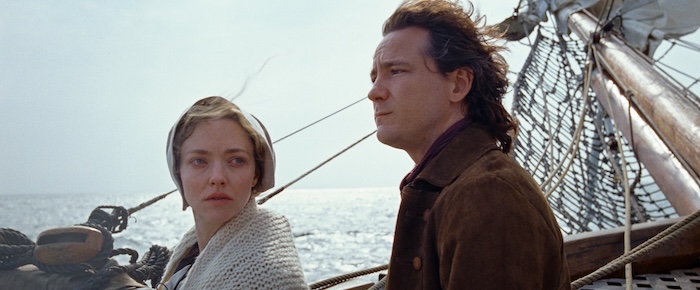
The Testament of Ann Lee, Lewis Pullman interview
The statements of Lewis Pullman
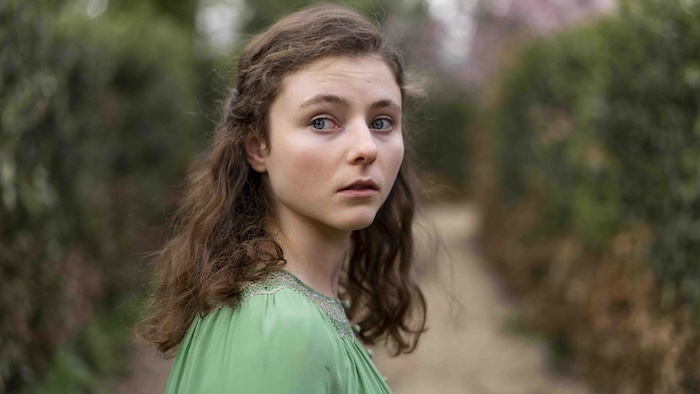
The Testament of Ann Lee, Thomasin McKenzie interview
The statements of Thomasin McKenzie
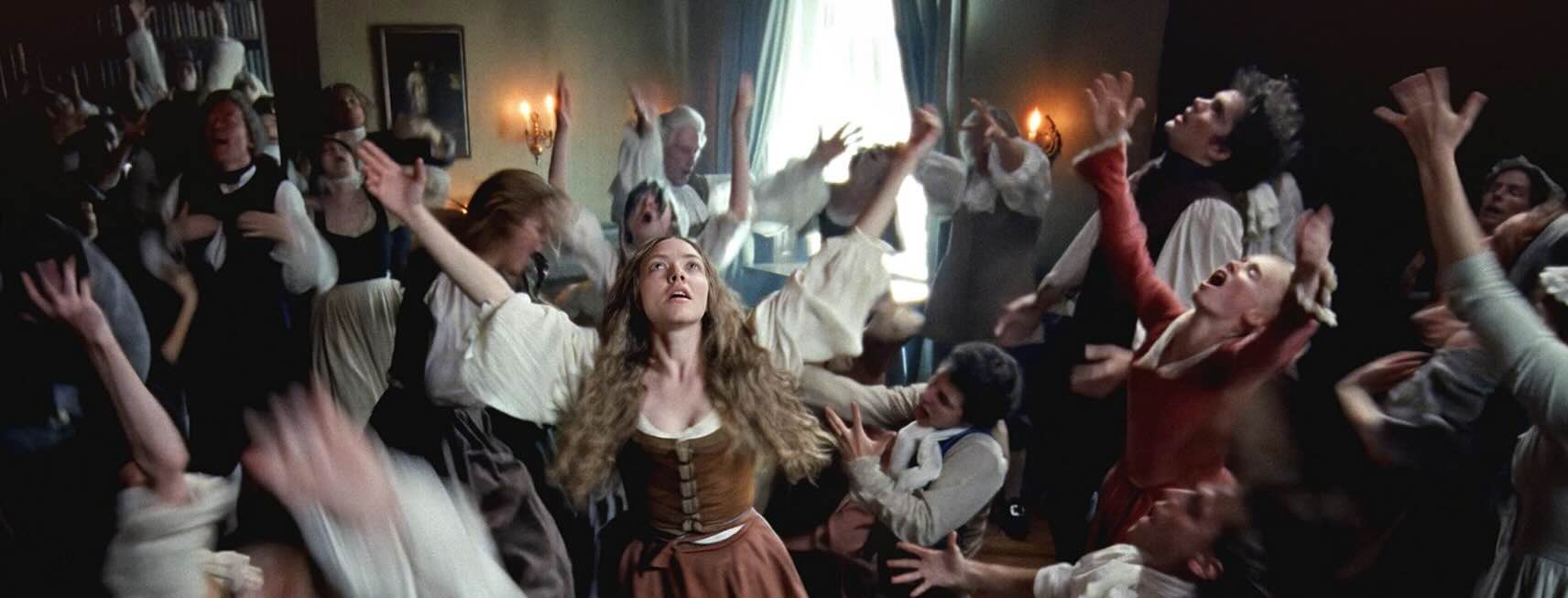
The Testament of Ann Lee, Amanda Seyfried interview
The statements of Amanda Seyfried
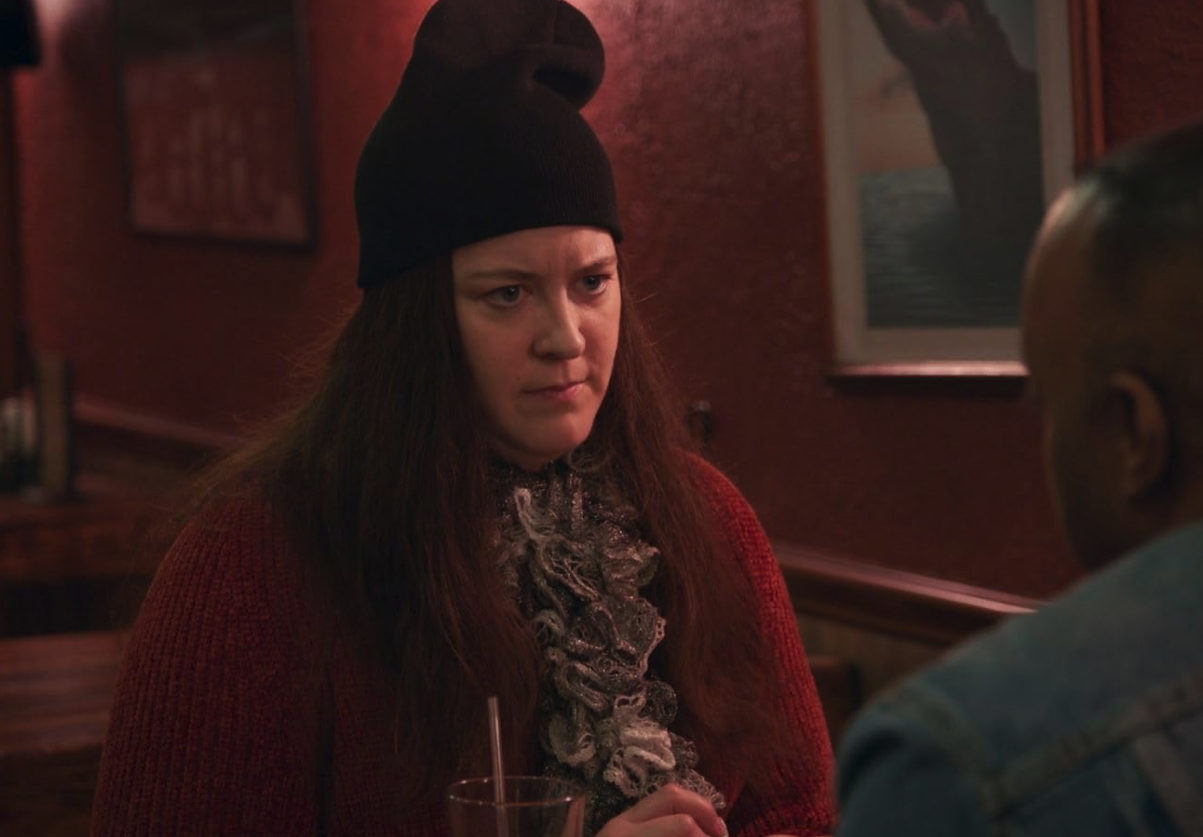
Gigi Burgdorf Interview
Gigi Burgdorf is an actress, director and screenwriter
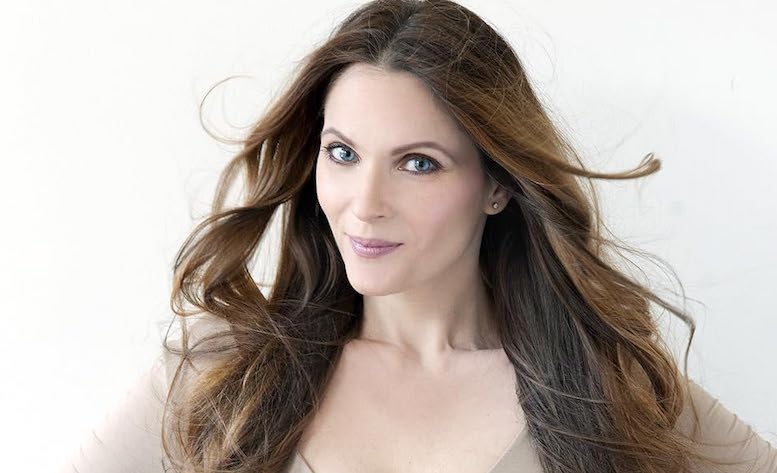
Movie Dead Man's Wire, interview with actress Stephanie Bertoni
Discover Dead Man's Wire, the film by Gus Van Sant, with an interview with Stephanie Bertoni
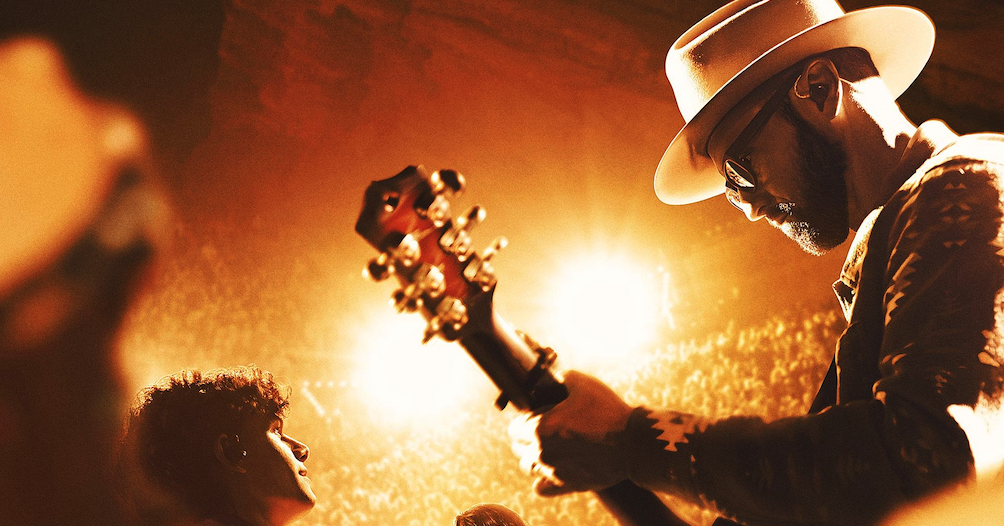
Can Only Imagine 2 Sophie Skelton interview
The statements of Sophie Skelton

I Can Only Imagine 2 Dennis Quaid interview
The statements of Dennis Quaid
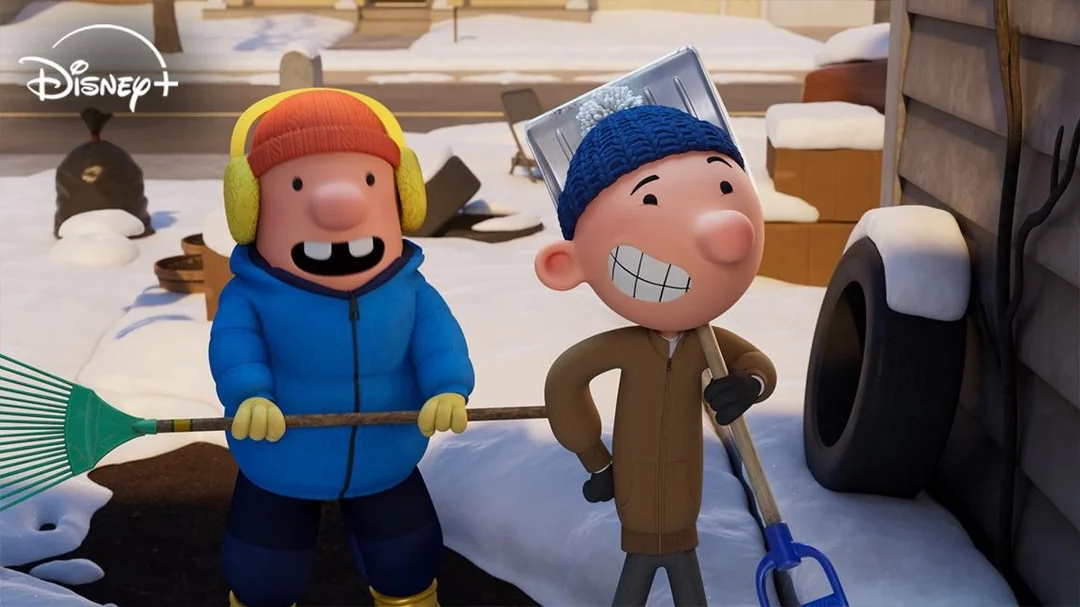
Diary of a Wimpy Kid: The Last Straw, Jeff Kinney interview
The statements of Jeff Kinney

